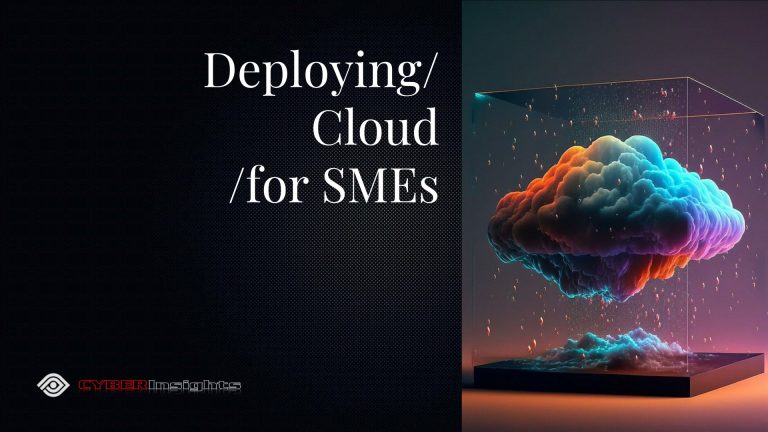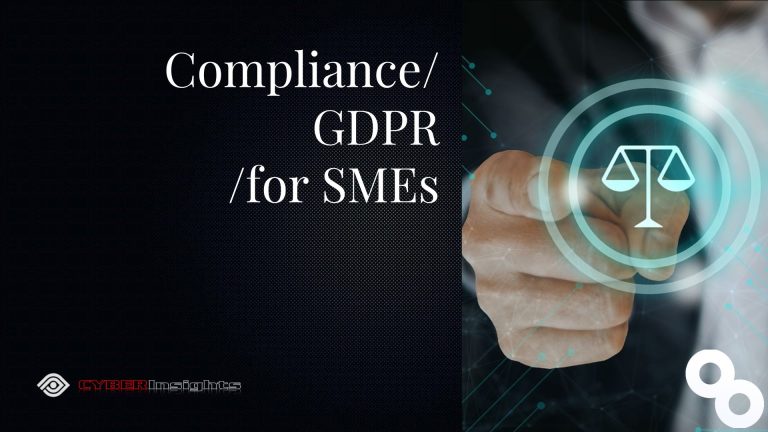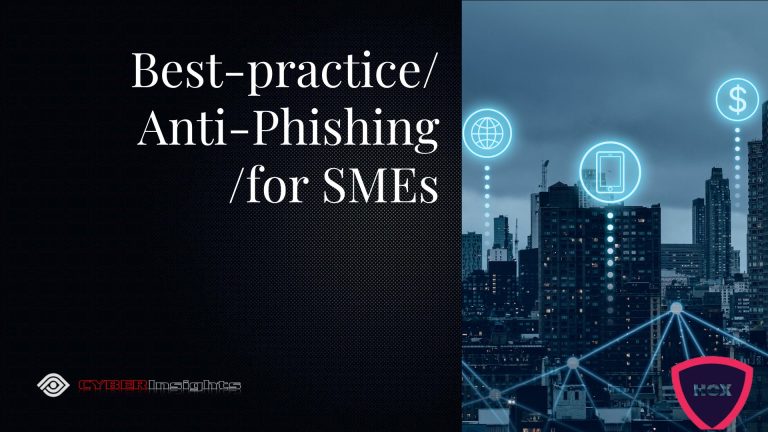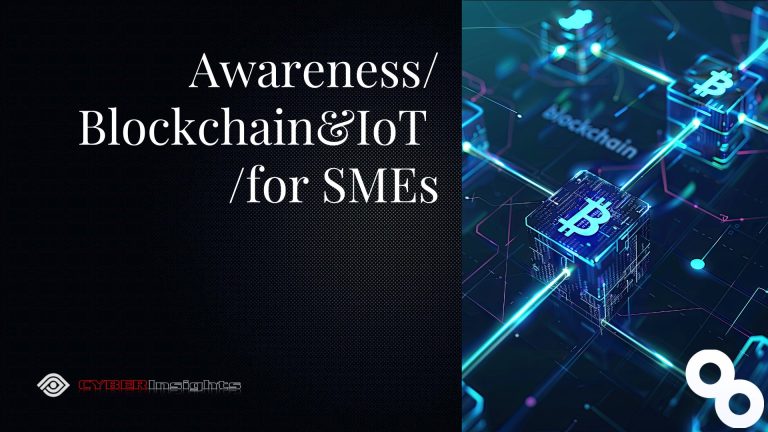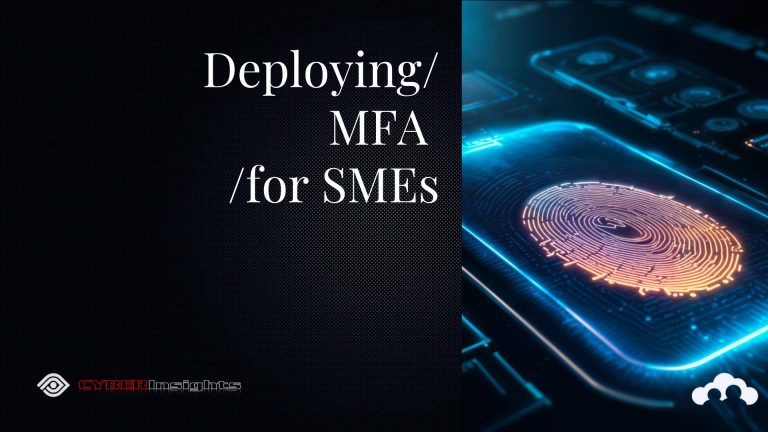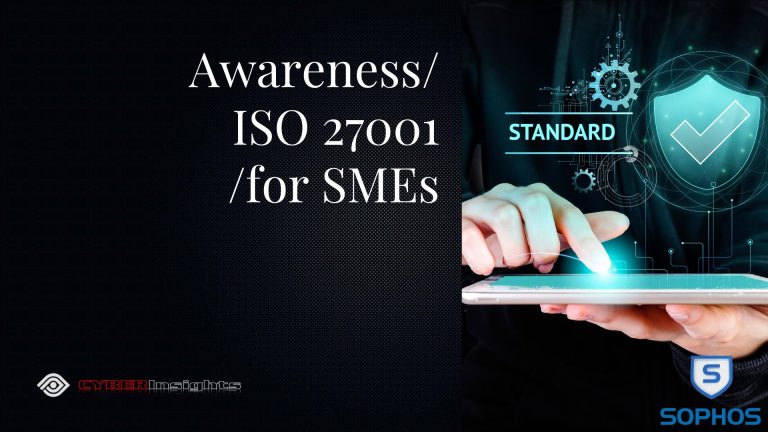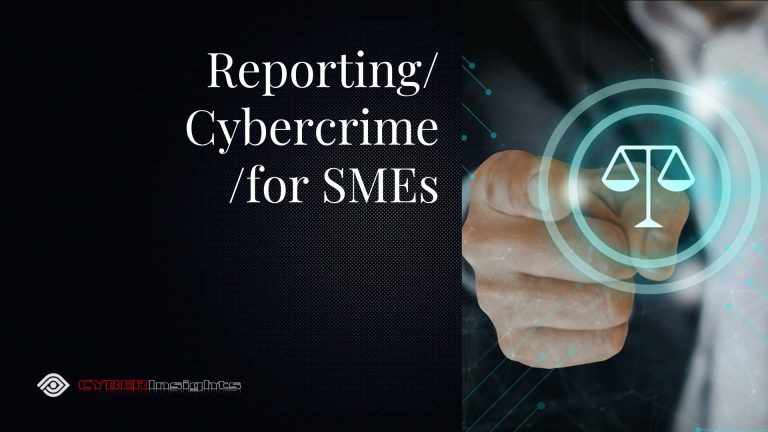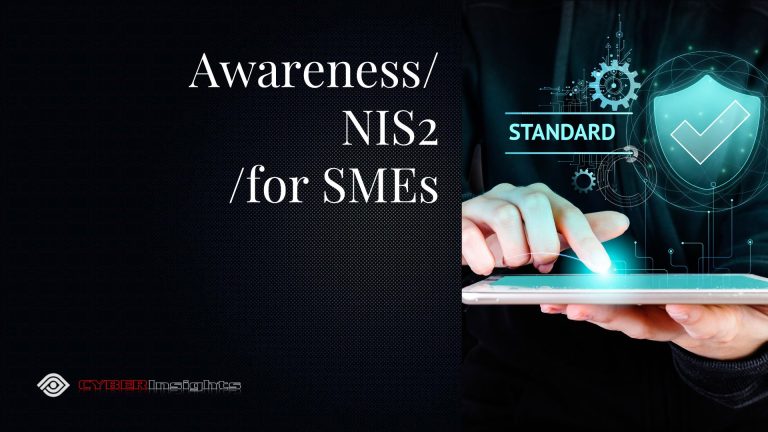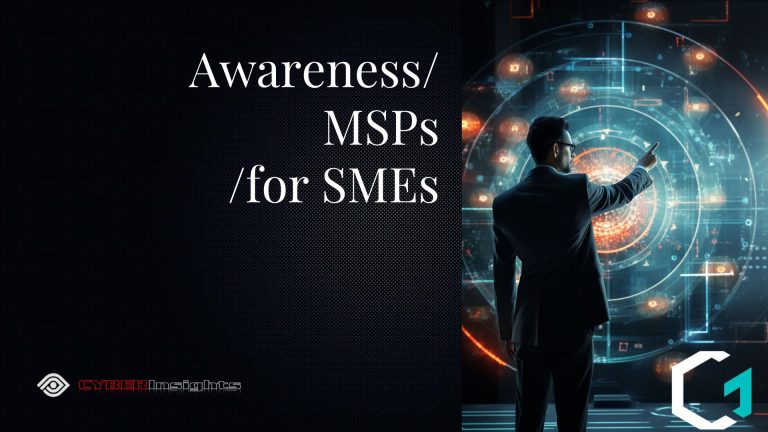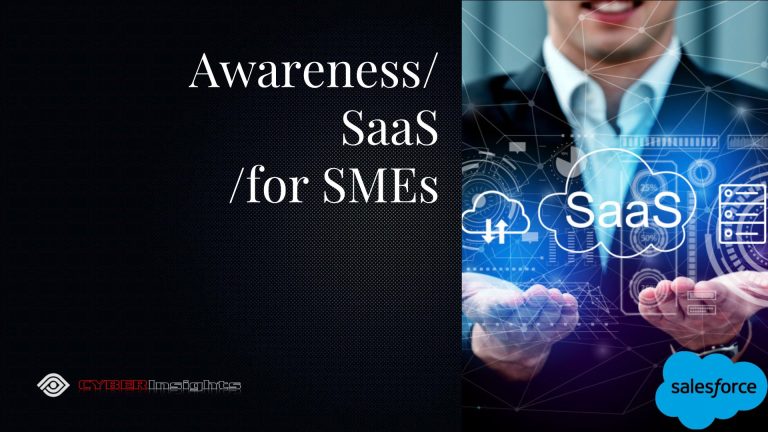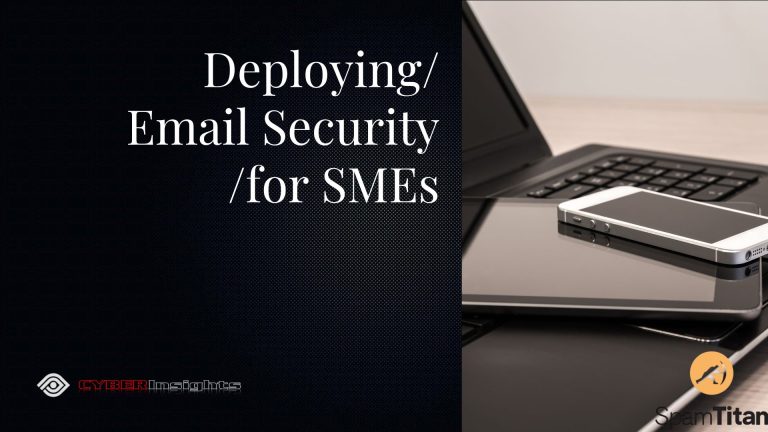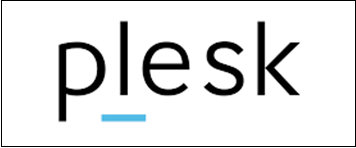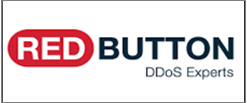THREAT ASSESSMENT: 20% of UK SMEs Fear Closure as Cyber Threats Mount in 2025
June 11, 2025Helping Keep Small Business CYBERSafe!
Gibraltar: Wednesday 11 June 2025 at 10:00 CET
THREAT ASSESSMENT: 20% of UK SMEs Fear Closure as Energy Costs and Cyber Threats Mount in 2025
By: Iain Fraser – Cybersecurity Journalist
Published in Collaboration with: Nord VPN
SMECyberInsights.co.uk – First for SME Cybersecurity
Google Indexed on 110625 at 11:14 CET
#SMECyberInsights #SMECyberSecurity #SMECyberAwareness #CyberSafe #SME #SmallBusiness
New survey reveals 81% of SME owners report exhaustion while 74% plan AI adoption to combat rising operational challenges
A comprehensive survey of 500 UK small business owners has revealed alarming financial pressures heading into 2025, with one in five SMEs fearing they may cease trading within the next 12 months. The research, conducted by business comparison platform Bionic, highlights a perfect storm of challenges including soaring energy costs, Cybersecurity threats, and severe staff retention issues.
Energy Crisis Tops SME Financial Concerns
Rising energy costs emerged as the primary financial challenge for 29% of small business owners in 2024, significantly outpacing other operational expenses. This energy burden has forced many SMEs to implement survival strategies including price increases, cost-cutting measures, and in some cases, business owners drawing from personal savings to keep operations afloat.
The energy crisis impact extends beyond immediate costs, with many businesses reporting that 54% have deprioritized green practices due to financial constraints, potentially affecting long-term sustainability goals and regulatory compliance.
Cash Flow Crisis Threatens Business Survival
Payment delays continue to plague the SME sector, with over half of small business owners struggling with late invoices or overdue payments in the past year. This cash flow disruption compounds existing financial pressures and contributes to the 20% of businesses considering closure.
For SMEs already operating on thin margins, delayed payments can quickly escalate from inconvenience to existential threat, particularly when combined with rising operational costs and reduced consumer spending.
Mental Health and Burnout Reach Critical Levels
The survey reveals a concerning mental health crisis among SME leaders, with 81% of business owners experiencing some level of exhaustion in the past year. More alarmingly, half report complete burnout, highlighting the personal toll of running a small business in challenging economic conditions.
This exhaustion epidemic affects decision-making capacity, innovation potential, and overall business resilience at a time when SMEs need maximum leadership effectiveness to navigate multiple challenges.
Staffing Crisis Hampers Growth and Operations
82% of business owners struggled with hiring and retention in 2024, creating operational bottlenecks that compound existing challenges. The staffing crisis forces remaining employees to shoulder additional responsibilities, potentially exacerbating burnout across entire organizations.
This recruitment challenge particularly impacts SMEs competing against larger employers for talent while lacking the resources to offer competitive packages or comprehensive benefits.
AI Adoption Accelerates Despite Challenges
In a positive development, 74% of business owners plan to introduce AI-driven processes in 2025, suggesting that SMEs recognize technology’s potential to address operational inefficiencies and competitive pressures.
This AI adoption trend indicates that despite financial constraints, SMEs are prioritizing technological investment as a survival and growth strategy. Areas likely to benefit include:
* Administrative automation to reduce manual workload
* Customer service chatbots to maintain service levels with reduced staff
* Financial management tools to improve cash flow monitoring
* Marketing automation to maximize limited promotional budgets
Cybersecurity Investment Rises Amid Growing Threats
More than half of businesses (53%) increased their cybersecurity spending in 2024, reflecting growing awareness of digital threats and regulatory requirements. This investment comes despite financial pressures, indicating that SMEs recognize cybersecurity as essential rather than optional.
The increased spending likely reflects several factors:
* Rising frequency and sophistication of cyberattacks targeting SMEs
* Regulatory compliance requirements
* Customer expectations for data protection
* Insurance requirements for cyber coverage
Strategic Implications for SME Resilience
The survey data reveals that successful SMEs in 2025 will need to balance multiple competing priorities:
Immediate Survival Tactics:
* Aggressive accounts receivable management to address payment delays
* Energy efficiency investments to reduce ongoing costs
* Flexible pricing strategies to maintain margins
Medium-term Resilience Building:
* AI implementation to improve operational efficiency
* Cybersecurity enhancement to protect against growing threats
* Staff retention strategies to address the hiring crisis
Long-term Sustainability:
* Digital transformation to remain competitive
* Diversified revenue streams to reduce single-point-of-failure risks
* Mental health support systems for leadership and staff
What This Means for SME Support Services
The survey findings highlight significant market opportunities for businesses serving the SME sector:
* Energy consultancy services to help reduce the 29% experiencing energy cost challenges
* AI implementation specialists to support the 74% planning technology adoption
* Cybersecurity providers targeting the 53% increasing security spending
* Mental health and business coaching addressing the 81% experiencing exhaustion
Looking Ahead: Cautious Optimism Required
While the statistics paint a challenging picture, the proactive approach to AI adoption and cybersecurity investment suggests many SMEs are taking strategic steps to address their challenges rather than simply cutting costs.
The key differentiator in 2025 will be SMEs that can successfully balance immediate financial pressures with strategic investments in technology and security that enable long-term competitiveness.
For SMEs navigating these challenges, the priority should be identifying which technologies and security measures offer the fastest return on investment while building resilience against future disruptions.
The full implications of these trends will become clearer as 2025 unfolds, but the message is clear: SMEs that adapt and invest strategically despite current pressures will be best positioned for future success.
UK Small Business Owner? Join SMECyber Free Now! & Access the SME Cyber Forum – Read, Learn, Engage, Share …
The Latest SME Cybersecurity News, Threat Intelligence & Analysis, Timely Scam Alerts, Best-practice Compliance, Mitigation & Resources specifically curated for UK Based SMEs in a Single Weekly Email direct to your Inbox or Smart Device together with Unrestricted Free Access to our entire SME Cyber Knowledge & Tutorial Library.
What is a VPN & Does my SME Need one? A VPN is a Virtual Private Network a method of securing your communications credentials. When it comes to Small and Medium-sized enterprises (SMEs), the choice of VPNs can significantly impact the security and efficiency of their operations.
The NordVPN service allows you to connect to 5600+ servers in 60+ countries. It secures your Internet data with military-grade encryption, ensures your web activity remains private and helps bypass geographic content restrictions online. Join NordVPN Today and Save up to 73% and Get 3 months Extra Free Rude Not to …!

